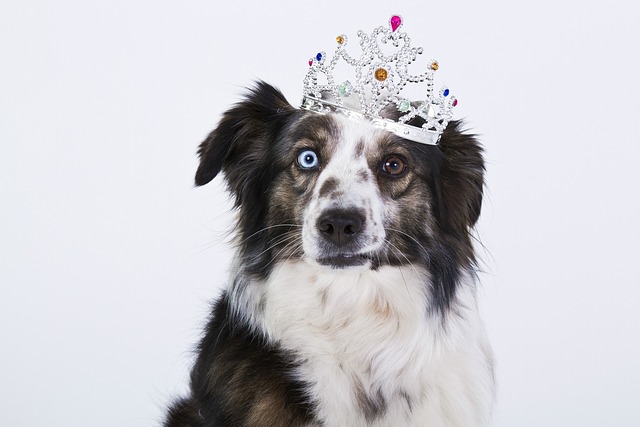
What is glaucoma in a dog?
You might notice your dog squinting more at mealtime or avoiding bright sunlight—these small changes could be early signs of a serious eye condition.
If you’ve ever thought about swapping your dog’s kibble for something homemade, you might’ve worried: “Will I get the nutrients right?” New dog owners, like my neighbor who has a 2-year-old boxer named Rocky, often feel this way. Rocky was picky about his food, so she tried cooking for him—but after a week of just chicken and rice, he started losing energy. A vet explained she was missing key nutrients, and with a few tweaks, Rocky perked up. Making a well-balanced dog meal isn’t complicated, but it needs the right mix of proteins, carbs, fats, and veggies to keep your pup healthy.
A balanced dog meal mirrors what their bodies evolved to eat: mostly protein (for muscles), some carbs (for energy), a little fat (for skin and coat), and fiber (for digestion). Unlike humans, dogs need more protein—about 25-30% of their meal—from animal sources like chicken, turkey, or fish. Carbs, like sweet potatoes or brown rice, should make up 40-50%, giving them steady energy without spiking blood sugar. Fats (a small 10-15%) from things like salmon oil or coconut oil support brain health, while veggies (10-15%) add vitamins and fiber. Rocky’s problem? No veggies or fat, so he wasn’t getting enough vitamins or healthy oils.

To build a balanced meal, start with this simple formula. For a 50-pound dog, cook 4 ounces of lean protein (shredded chicken breast works great) and 6 ounces of cooked carbs (try mashed sweet potato or brown rice). Add 1 teaspoon of healthy fat—Rocky loves a drizzle of salmon oil—and 2 ounces of chopped, steamed veggies (carrots or green beans are safe and tasty). Mix it all together, let it cool, and serve. For smaller dogs, like a 10-pound terrier, cut portions in half. In apartments, batch-cook on weekends and store in the fridge for 3-4 days, or freeze in portion-sized containers. Always check that ingredients are dog-safe—no onions, garlic, or grapes. Introduce new meals slowly, mixing with their old food for 3 days, and use positive reinforcement: a tiny treat when they finish their homemade meal makes them excited to eat.
Making balanced meals ties into responsible pet care. Keep your dog’s rabies vaccine current—all U.S. states require it, and good nutrition keeps their immune system strong. When walking, carry poop bags (fines for littering hit $150 in many cities) and notice how their energy and coat improve with better food—Rocky’s fur got shinier within a month. In shared spaces, avoid feeding your dog table scraps, even “healthy” ones, as it disrupts their balanced diet. Never scold a dog for not liking a new meal; just try a different protein or veggie. With this simple mix, you’ll know exactly what’s going into their bowl—and your dog will thank you with more tail wags and zoomies.

You might notice your dog squinting more at mealtime or avoiding bright sunlight—these small changes could be early signs of a serious eye condition.

Let’s set the scene: It’s a sweltering Phoenix afternoon—105°F outside—and you rushed your 2-year-old Lab mix, Cooper, on a quick walk to “get it over with.”

Let’s get real: You’re in your Miami apartment, watching your 3-year-old Corgi, Loki, struggle to climb the stairs to your second-floor unit.

Many dog owners brush off occasional scratching as just “dog behavior,” but persistent itching often signals something more—like a food allergy.

You might first notice your dog scratching more than usual—chewing at their paws until the fur looks thin, or rubbing their face against the couch nonstop.

Let’s be real: You’re standing in your Chicago apartment, watching your 3-year-old Beagle, Max, huff and puff just to climb onto the couch.